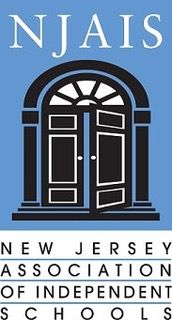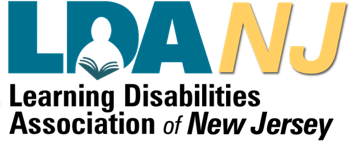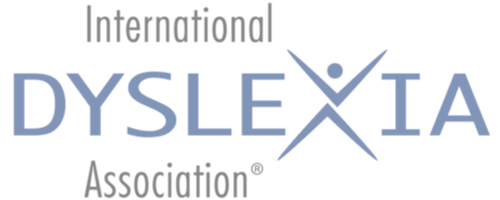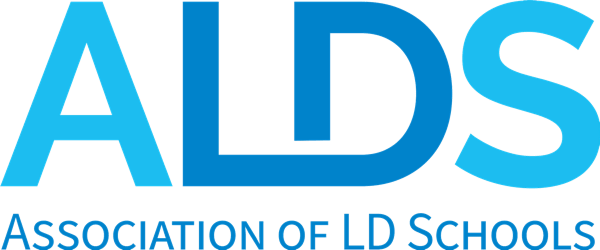Individualized education programs that focus on learner competencies enhance student growth and increase parental involvement.
To create a caring learning community where teachers and parents are partners and the strengths and competencies of students are celebrated, a strengths-based framework for curriculum, instruction, assessment, and evaluation is key. For students with exceptionalities, their educational program, supports, and related services are largely determined by an individualized education program (IEP) or individual services plan (ISP) that pulls information from their present levels of academic achievement and functional performance (PLAAFP).
This blueprint, however, tends to fall short in considering a student’s strengths and competencies, and more often than not focuses on what a student cannot do. The stigma often felt by students with exceptionalities, along with the inference that these students are less-than, is further exacerbated through a traditional IEP, which is rooted in a deficit-based framework.
This deficit-based approach to setting goals, determining benchmarks, and deciding on programs and services downplays the unique contributions and capabilities of students, focuses on limitations and labels, may promote a negative understanding of the student and their potential, and ultimately discourages parental input and student participation in the IEP process. What if instead we leverage students’ strengths and competencies to improve areas of growth?
Strengths-based IEPs are rooted in the belief that all students have strengths and that students’ motivation increases when the adults around them point out those strengths. When a skill is not acquired, the implication is not that the student is deficient, but rather that the student lacks the opportunity, experience, and instruction needed to master the skill at this time. Moreover, shifting to a more balanced, holistic perspective that leans on a student’s strengths to improve areas of weakness provides an authentic opportunity for students to develop their self-advocacy skills, self-confidence, and independence as learners.
Student struggles are not ignored—rather, they are reframed with a strengths-based lens for actionable IEP goals addressing specific student performance expectations. Approaching IEPs from a strengths-based perspective does not sugarcoat the struggles that students with exceptionalities may face. It’s a way to shift the language we use to describe the needs of our students, and ultimately it leads to higher investment in their educational, social, and emotional growth.
1. Student likes. Take an inventory of the student’s strengths, interests, and preferences. Use this inventory to create a personal connection to learning and to create choice for students. When teachers can differentiate content (the delivery method or access to what is learned), process (the activities used to learn it), and product (how learning is shown or how it is assessed), students can generalize and transfer learning more effectively.
2. Word choice. Use phrases such as “excels at,” “does at grade/age level,” or “does well” to describe student competencies, and use these strengths to inform the IEP team’s approach when writing goals and objectives for student growth.
3. Specific conditions. List the conditions in which the student may excel (e.g., time of day, content area, seating placement), and build upon these conditions throughout the school day to provide scaffolding for areas of weakness.
4. Instructional strategies. Lean on strategies that are proven to work with the individual student so that specific and contextualized information is included.
5. Subjective language. Examine each statement for subjective language, and aim to shift to more objective language. This adapted example from Frontline Education illustrates how a shift from subjective to objective language gives more specific and useful information: “Andi frequently misbehaves” is better written as “When frustrated, Andi may leave their seat and pace at the back of the classroom.”
6. Positive examples. Ask, “What does the student do well?” Begin each IEP goal with a strength:
Teachers should encourage parents to be active participants in the IEP process. A strengths-based approach is a pathway to increasing parent-school partnerships because it shows parents that their child’s teachers believe in their child’s potential, and students begin to understand that they are capable and valuable contributors at school and in life. A teacher once remarked, “It is clearly beyond time for us to value the unique qualities of every individual in our classroom.”
Students are multifaceted, ever-evolving, and full of potential. By focusing on what the student can do, and then using those strengths to set goals to help address a particular need, teachers provide students with greater opportunities for academic success; they build resilience and a growth mindset; and finally, self-esteem, self-determination, and self-efficacy are fostered. It’s time for the language used in PLAAFPs and IEPs/ISPs to reflect this understanding.
REPOSTED FROM www.edutopia.org
For more information on ways of giving or to make a donation online you can clicking here.





